Why Single Sign-On (SSO) Biometrics Is Slowly Replacing Passwords
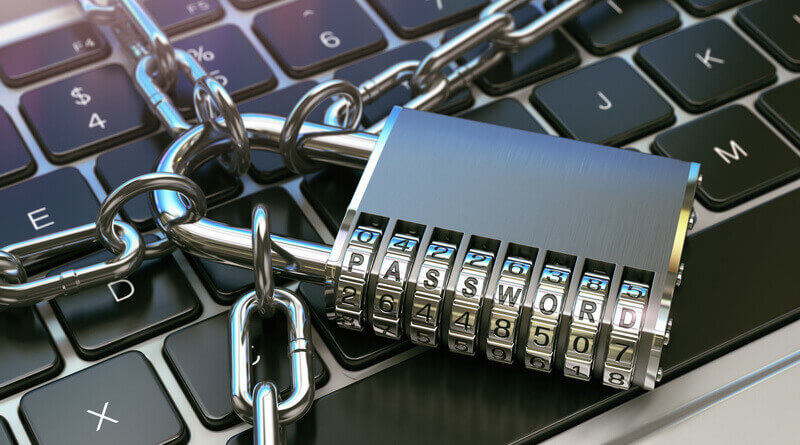
The rise in security breaches and the increase in sophisticated hacking attacks of sensitive information has raised demand for a stronger and more secure Single Sign-On (SSO) for information access. Due to the fact that password-cracking techniques are increasing in sophistication, there is a strong need to implement more sophisticated single sign-on methods. Many are considering the advantages and efficiencies that biometric authentication brings to the table – biometrics is slowly but surely replacing passwords to provide stronger security and reliability. Biometrics has proven to be more effective in helping businesses and enterprises increase security, convenience, and achieve realized cost savings.
Why ditching passwords for Single Sign-On (SSO) is becoming mainstream
Each day, millions of people use passwords to sign into their enterprise terminals and access valuable confidential information. Examples of services that would require the use of passwords include:
- Financial service transactions
- Reading, responding, and sending email
- Physical access control to offices or buildings
- E-commerce
However, passwords are declining in popularity and less preferred to secure transactions and devices because they can be easily guessed, hacked or stolen. A password can also be shared, and there is no way for the system to know who the actual user is. The recent rise of data breaches proves that legacy authentication technologies are highly vulnerable and have failed to evolve in parallel with the increased sophistication of data breach threats. Stolen passwords played a role in 48% of the data breaches that involved hacking, Verizon researchers found. Business and enterprises are looking for more sophisticated technologies to secure data and maintain network security, and biometric authentication methods replacing passwords or used as part of a two factor SSO authentication are gaining popularity. Industry experts are also parsing biometric technology for use in different sectors as an effective way to replace traditional passwords.
There are numerous reasons why passwords should be replaced with biometric identification. Let’s take a look at some of them:
1. Passwords are prone to hacking
One significant downside of passwords is that they can be easily hacked. If you have an eight-character password, that has 6.1 quadrillion possible combinations! If we rewind the calendar to 2011, it would have taken a year for the fastest desktop computer to crack that password. Today, thanks to new password crowd-hacking technologies, it takes an average of 5.5 hours to hack an eight character password!
2. Passwords can be guessed
We usually set passwords that can be easily remembered – birthdays, spouse or children’s names, website or business names for example. The problem is using a password that is tied to something personal so it can be easily remembered means that it can be easily guessed by a possible intruder.
3. Passwords can be forgotten, lost, or stolen
Some people use a complex combination of characters with both alphanumeric and numeric sequences. They make these passwords so complex that they easily be forgotten. In order to remember the passwords, they may be written down somewhere, which leads to more potential issues for breaching network security plus it opens the door wider for the password to be lost or stolen.
Why Single Sign-On (SSO) biometrics?
Biometrics are unique traits or behavioral characteristics that can be captured and used for individual identification through different biometric modalities such as: fingerprint, finger vein, palm vein, iris, facial, or voice recognition. Using biometrics for individual authentication is fast and it can instantly identify anyone within a matter of seconds. Moreover, every individual (even identical twins) has unique individual biometric characteristics. For years, law enforcement agencies and governments have been using biometric technology for accurate identification.
Biometric technology is now more sophisticated and readily available for enterprises in different applications such as biometric single sign on (SSO) to protect passwords. In fact, the use of biometrics as an alternative to passwords or in combination with passwords as two factor authentication is now considered more secure to prevent data breaches due to existing, weak password protocols. Biometrics identifies individuals by “who they are” which eliminates the need of remembering passwords. Biometrics can also provide instant access to information at any place, wherever and whenever you need. In addition, biometrics are unique for every individual and prevent unauthorized access from others who may have the means to steal passwords.
Benefits of using Single Sign-On biometrics to manage passwords
Considering the use of biometrics to replace passwords or to secure password management is beneficial for both end users and enterprises. End users can easily authenticate themselves by easily verifying their biometrics in a convenient way. Beside governments, enterprises or businesses can easily reduce password management difficulties by providing a more secure method of authentication. The use of SSO biometrics over passwords offers the following advantages:
Secure authentication
Biometrics ensures secure logins to any access points or computer networks on the web. Biometrics protects user credentials from being stolen because biometrics are unique and can’t be shared, duplicated, or easily forged.
Faced with employee frustration and security concerns that arise from managing several different access credentials, Ugandan ICT Systems Integration Company Digital Alliance Limited implemented the Enterprise Biometrics Suite™ biometric single sign-on (SSO) solution to provide secure authentication for their employees.
Higher accuracy
Biometric password management increases authentication accuracy by ensuring the right person has access to the right information. It can also prevent sharing passwords with another person and prevent an unauthorized person from gaining access to sensitive data.
The Ministry of Interior and Decentralization of Mauritania
Two-factor authentication
Biometrics ensures a high level of security by providing two factor authentication in combination with passwords. PINs and tokens can be shared, stolen or duplicated, but two factor biometric authentication is a strong solution to eliminate spoofing attacks.
Prevent password stealing
Due to the fact that biometrics are very hard to forge and biometric templates are nearly impossible to reverse engineer eliminates the risk of stolen passwords.
Reduce password reset cost
Due to the complex pattern of passwords to make them secure, sometimes it becomes a burden to remember them. Biometric authentication methods identify an individual by their biometrics or behavioral traits and biometric password management both relieves the burden to memorize passwords and
Ease of use
Biometric identification methods are automated and offer very fast identification recognition. They are easy for an end user to use in order to quickly gain access to any information and offer a higher level of security and convenience.
Cost effective
Preventing sensitive government and enterprise data breaches, implementing biometric single sign on technology protects corporate data and assets from being stolen or shared, Plus, biometrics eliminates the need for IT departments to reset passwords, reducing administrative expenses and saving resources. In a survey of more than 3,900 companies worldwide by Kaspersky Lab, it was found that the cost of lost financial data ranged anywhere from $66,000 to $938,000 per organization, depending on the size. Adopting a biometric single sign-on solution can prevent such incidents and save financial losses resulting from data security breaches.
Conclusion
Biometric technology is a very promising way of enterprise Single Sign-On authentication. Users may be authenticated by their personal computers or by workstations during login using their biometric traits to confirm a bank transaction or access control system to open a door. All of these cases are typical use cases for biometric SSO technology within the right environments to help replace weak password or PIN security protocols that can easily be exploited.

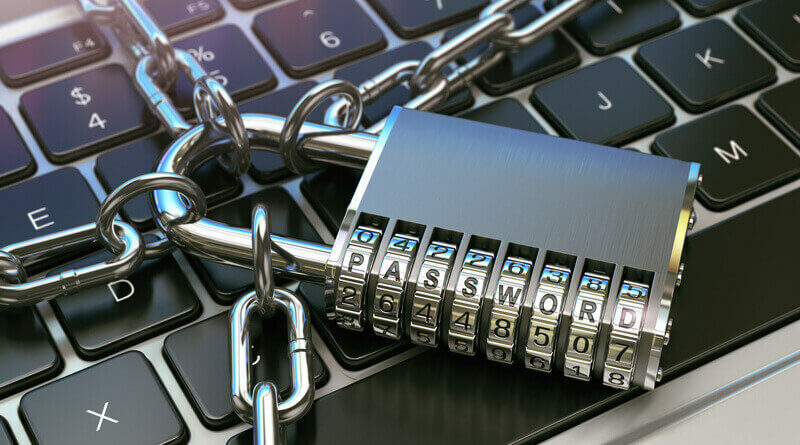
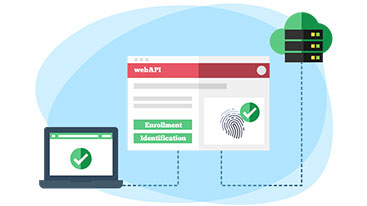
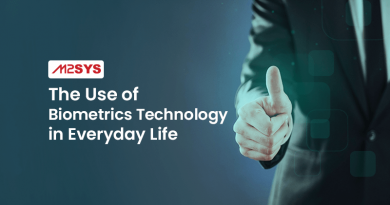

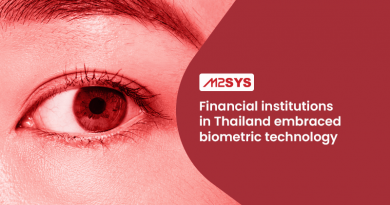







No doubt in that by reduces the hurdles of website login, single sign-on is slowly replacing passwords. It allows users to login multiple websites of the same businesses only by using single set of ID credentials.